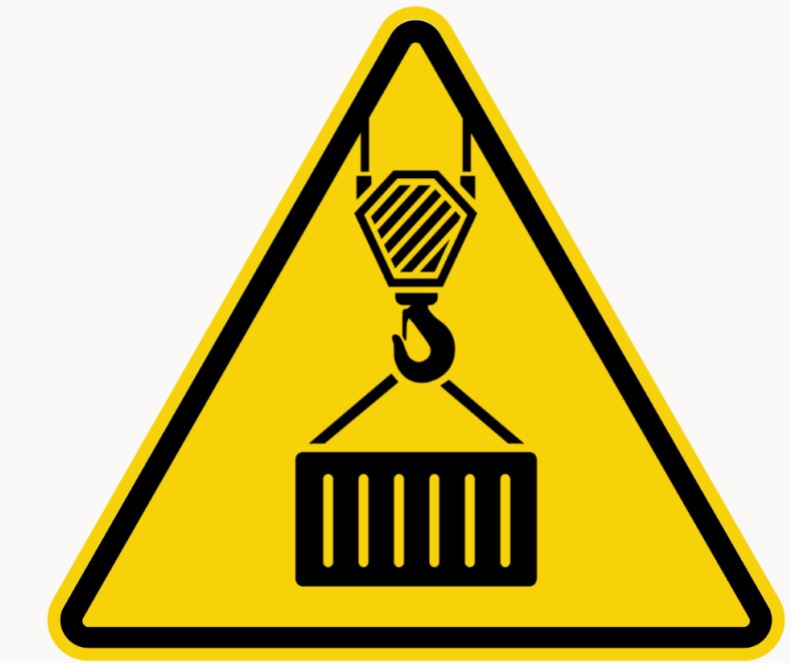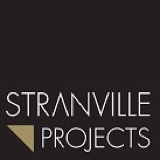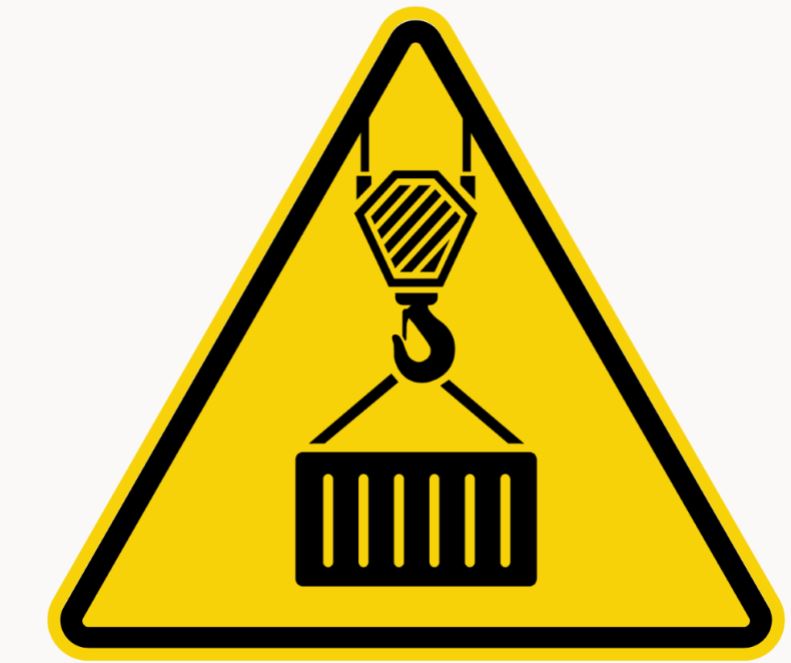Title Page
-
Kinross Gold has recognized the need to move beyond reportable incident frequency rates as the standard measure of safety. We have started measuring high potential events and the controls to eleminate these events. Specifically, focusing on risks with serious injury and fatality potential. The verification process has been deployed in order to audit this process in the field in order to make sure controls are adequate, utilized and adhered to when performing high risk activities.
-
Conducted on
-
Location:
-
Name of Verifier:
Training
-
* Review SOP to ensure it is still relevant to the task.
-
Are the Operator and rigger(s) signed off on applicable SOP's and do they have a 5000-23 for the crane being operated?
-
* Complete a Field Task Observation on Operator and Rigger(s)
Rigging
-
Is the rigging appropriate for the weight of the lift, and is it in good condition
-
Is all other rigging in good condition including shackles?
-
Is load centered and rigged properly?
-
Are appropriate load manipulation hands free tooling available and in use (tag lines, shove-it, etc.)
Load Weights
-
Load weight is known and verified?
-
Verify that reported load weight is within capacities of the lifting device and rigging?
-
Does the operator know how the scale works and how to use it? (if applicable)
-
Scale calibration & operation verified (if applicable)
-
(Mobile Cranes) Operator verified ambient temperature and Wind Speed effect on the lift.
Critical Lift Permitting
-
Is this a Critical Lift?
-
Is Critical Lift Permit at work location?
-
Is Critical Lift Permit properly filled out and signed by the authorized approver?
-
- Complete the Critical Lift Checklist (separate worksheet)
-
A JHA has been performed for the lift.
-
The load weight is confirmed.
-
The load hook is directly over the load center of gravity.
-
Boom angle, boom length, lift radius, and the crane capacity are known.
-
Outrigger pads are fully extended and blocking is sufficient for the load.
-
Tires are clear of the ground and the crane is level.
-
Ground, soil, and/or pavement is confirmed to have capacity for the imposed load.
-
All obstacles and obstructions have been identified.
-
Lifts in close proximity to energized power transmission lines and electrical installations shall be in compliance with HS-C11 or shall be de-energized and locked, out as outlined in HS-C13, before work commences. Note: If the crane is capable of swinging within 20 feet of an energized power line, a Critical Lift Form must be completed.
-
A final check will determine the wind speed is within manufactures recommended limits for the lift.
-
A signal method is has been determined between the crane operator and the signal person.
-
An individual has been designated to observe for obstructions and unauthorized personnel.
-
Verify a "competent person" is to inspect prior to use and during use, all slings, fastenings, and attachments for damage or defects. Damaged or defective equipment shall be immediately removed from service.
-
Verify a "competent person" is to inspect all crane equipment and machinery prior to use and during use to ensure it is in safe operating condition. Any deficiencies shall be repaired prior to continued use. See Appendix B.
-
Verify the crane is in compliance with Federal and State regulations requiring frequent, periodic, and annual inspections. A thorough annual inspection has been made by a competent person, government, or private party recognized by the U.S. Department of Labor.
-
The ambient air temperature is within the manufactures recommendations.
-
Pre-Lift meeting conducted by all participating personnel, i.e. Crane Operators, Signaler, Riggers, etc.
Drop Zone Control
-
Is the barricading type, condition and placement is in compliance with the task SOP?
-
Has the operator ensured the barricaded area is cleared prior to the load being flown?
-
Has the operator ensured barricading is removed and stored once job is complete?
Maintenance & Inspections:
-
Does the crane have a current annual inspection?
-
Has the pre-use inspection been completed?
-
Is the crane being used a mobile crane?
-
Appropriate distance from energized power or has the power been disconnected?
-
Are outriggers fully extended, blocked sufficiently, and on competent ground?














